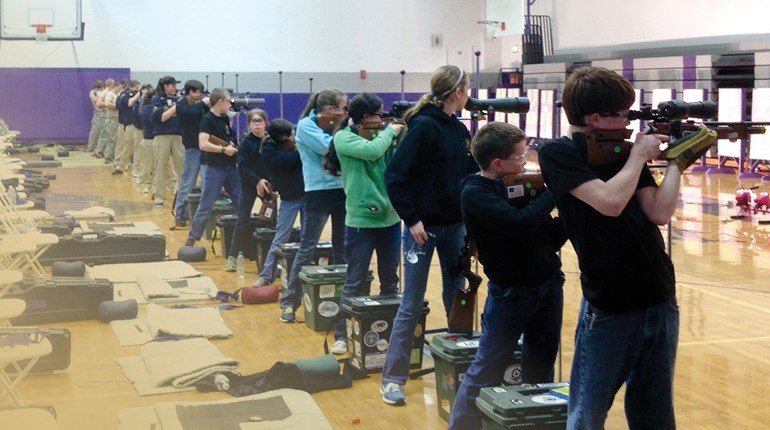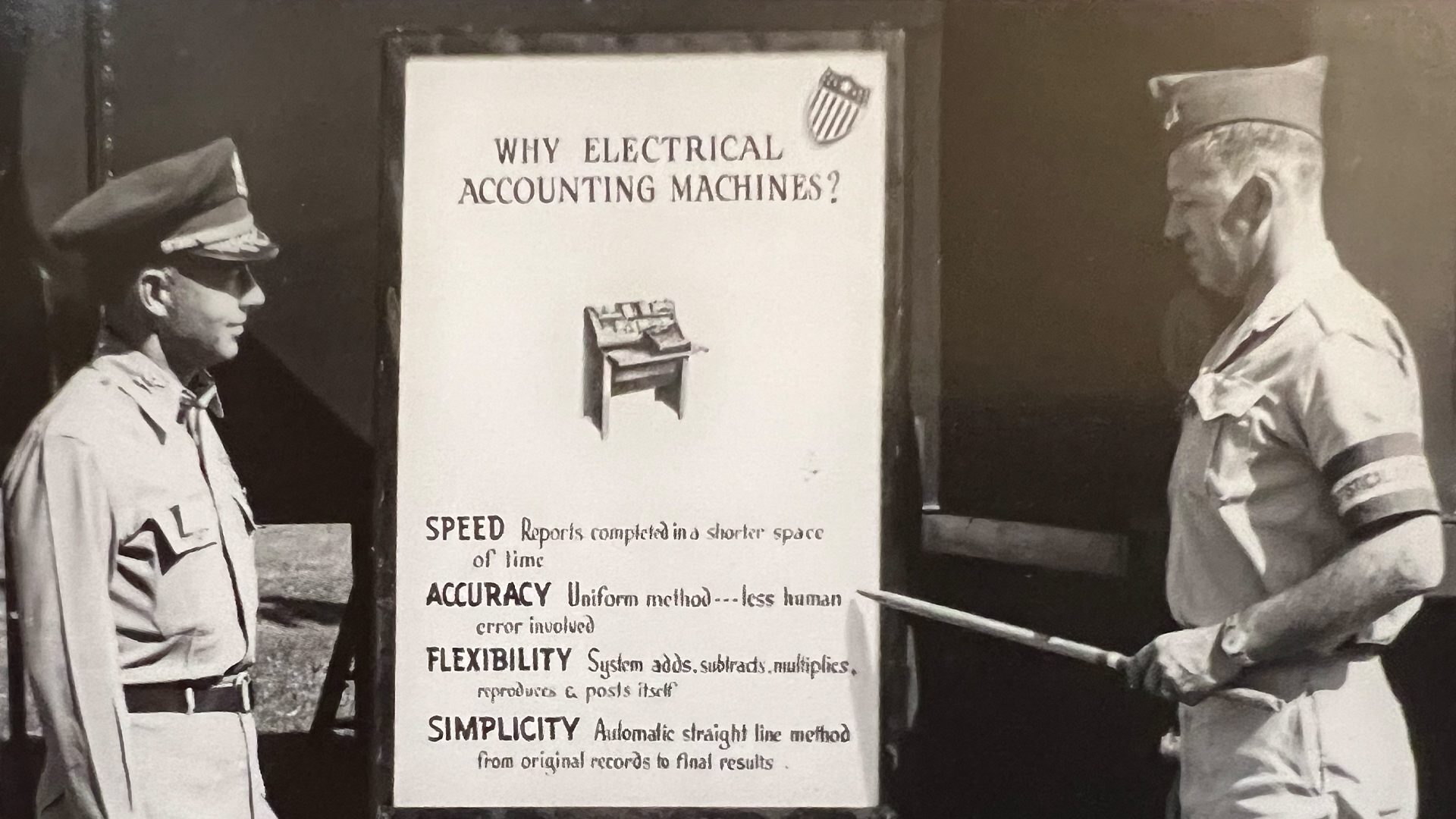
“Unless housing and sewage facilities are expanded, the National Rifle and Pistol Matches may be lost to this area.”
—The Daily News (Port Clinton), August 1958
What a difference a decade makes. In 1948, no National Matches were conducted, so the NRA held a championship at Quantico, Virginia, for approximately 50 select pistol and smallbore shooters. In 1958, National Board and NRA officials welcomed more than 4,000 competitors to Camp Perry, touching off what proved to be the most populous period in National Match history.
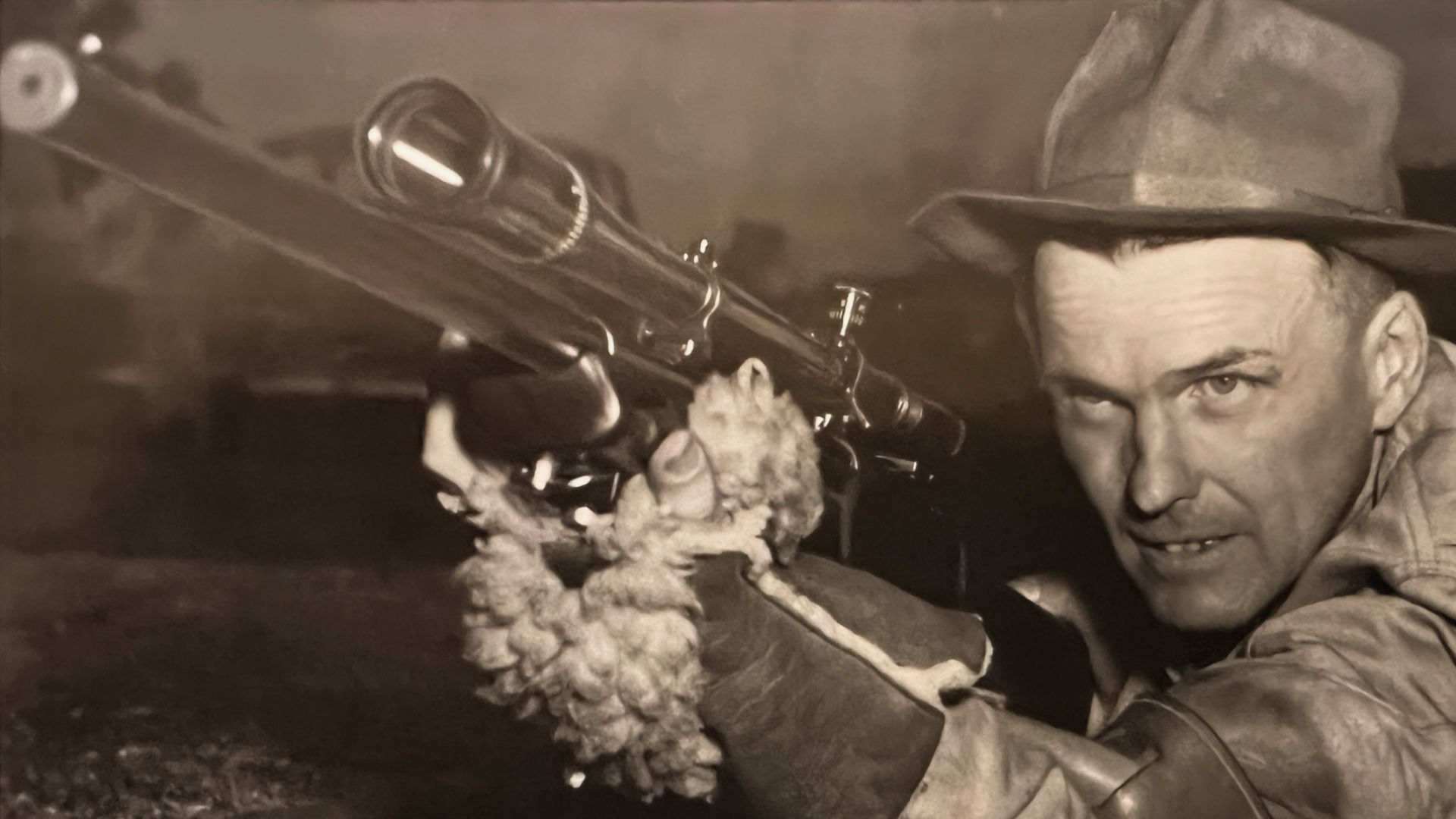
Col. Jesse Drain, Jr., returned in his Executive Officer role and confronted logistical challenges with the help of new technology. The American Rifleman reported in October of 1958 that: “The 10th Machine Records Unit, the only mobile unit of its kind in the Army today … with three large vans, 30 specialists, plus a clerical force of 60 men … brought the speed of the electronic age to the National Matches … All of this was accomplished through the use of punched cards.” Official bulletins were also produced via a stencil method to expedite the scoring process.
But just as electronic advancements helped validate the popularity of the National Matches, it also gave credence to the adage: “one step forward, two steps back,” because high competitor volume forced unprecedented changes in two prestigious events. Specifically, 400 match entries were returned in Wimbledon Cup competition and the Leech Cup was canceled, both in order to allow more entries in the high power championship aggregate.
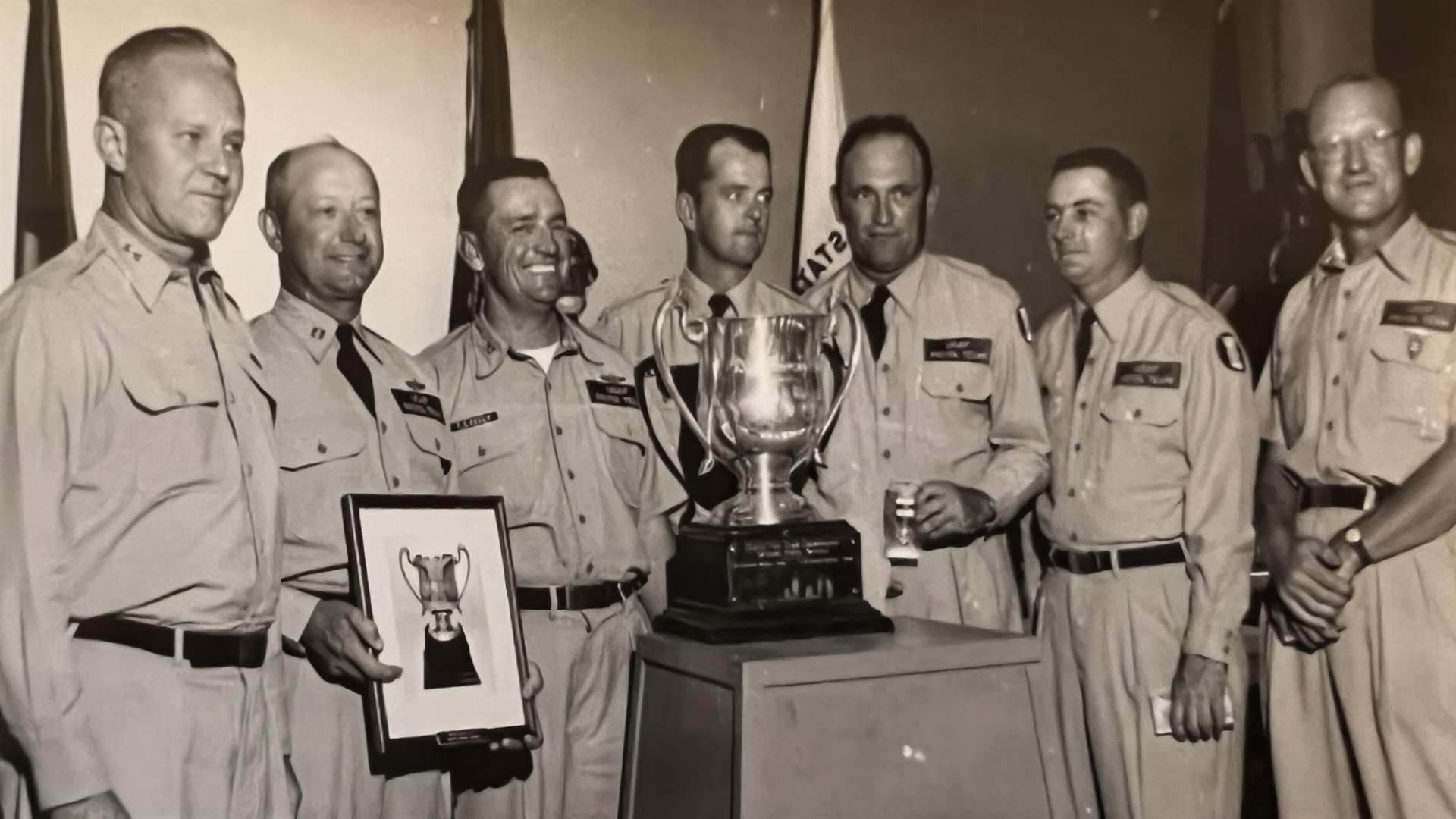
The call for range renovation and overall upgrades at Camp Perry had been documented as early as 1953 when the National Matches returned to Ohio in its first full-scale capacity since 1940. The record number of shooters in 1958 prompted a good amount of dialogue on the amenities issue and after the matches discussion focused on the Camp Perry lease arrangement between the state of Ohio and the Army, specifically how terms prohibited the approval of federal funds for repairs to state property.
“If Camp Perry is to continue as the site of future National Matches,” wrote NRA Deputy Executive Director Louis Lucas, “it is essential that something be done by the State of Ohio to improve the housing and range facilities. In order to get financial assistance from the Federal Government, it is proposed that Camp Perry be leased to the Department of the Army and maintained by the Ohio National Guard for use of the National Matches.”
The increased competitor count was aided by the overwhelming approval for an expanded pistol facility that included five 100-target ranges, a 10-target test fire range and 18 points for international rapid-fire shooting. The imposed 1,500 competitor entry limit verified the prominence of the ever-evolving National Match pistol program and, while there were no significant course of fire changes this year, change did take place at the top when gunsmith James Clark of Louisiana was named the 1958 national champion with a score of 2598-108X. Clark became the first civilian to win the title since Henry Adams took the inaugural honor in 1935.
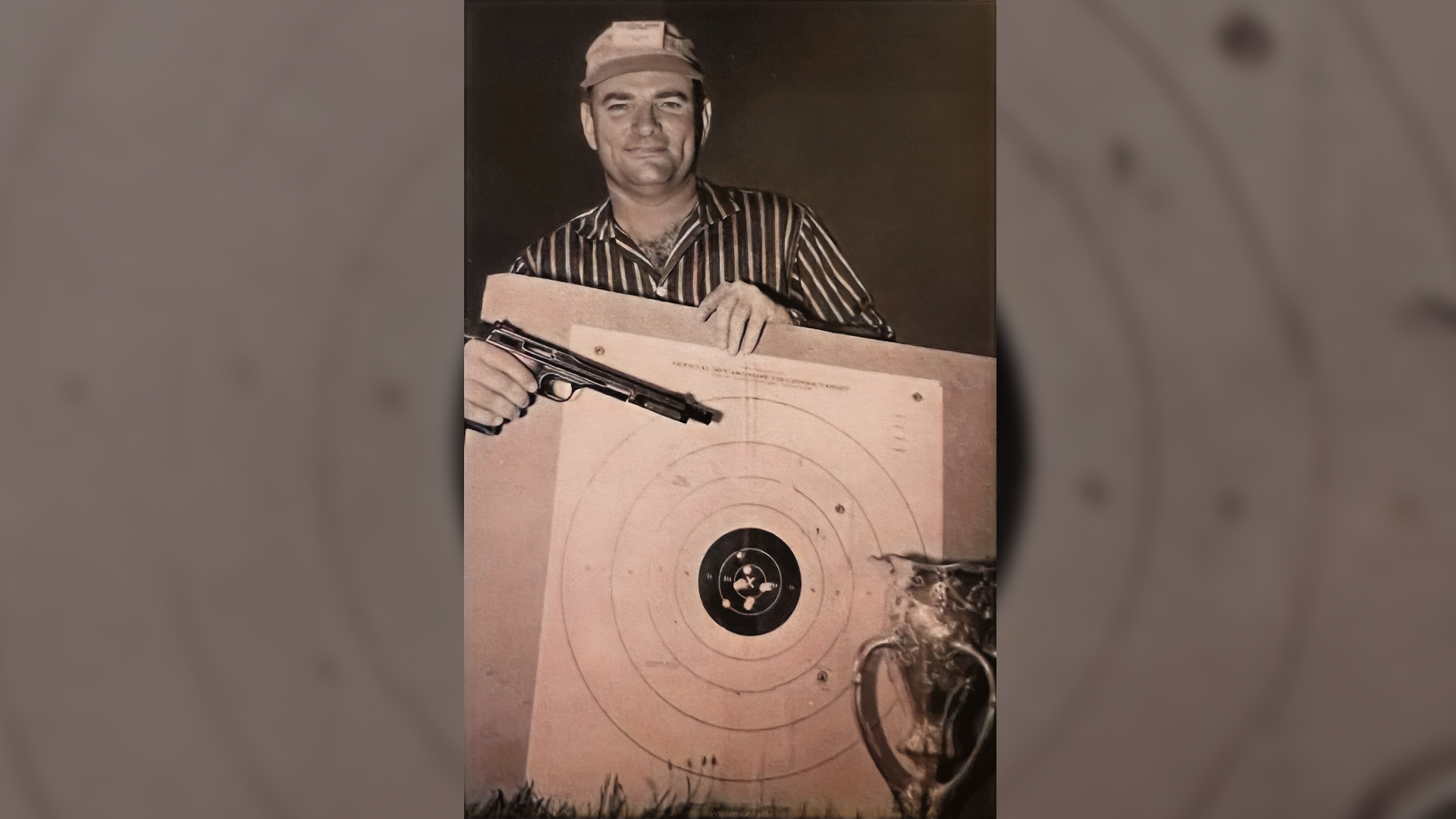
Marine Staff Sgt. Frank Wright won the National Trophy Individual Board match, while the Army claimed team pistol honors. On the women’s side, familiarity was the rule as Gertrude Backstrom returned to the winner’s podium for the fourth straight year. Backstrom’s performance included an overall victory in the centerfire rapid match (200-9X) that established a national record.
In smallbore, old hands seemed to dominate the prone matches, where almost every victory required a 400 with a high X count. And just as he had done two years earlier, former champion Ransford Triggs was one of the first out of the gate. His performance resulted in a first match victory, though when the last iron match was tabulated, it was Herb Hollister who held the lead. In any sight competition, Hollister and Triggs won another match apiece, but Robert Moore of Claysville, Pennsylvania, cousin of two-time national champion G. Wayne Moore, fired the grand aggregate that surpassed all others to claim the Critchfield Trophy. Hollister did not go home empty handed, however, as his score was recognized in 1958 in the newly established senior category. Connecticut’s Barbara Winton, who first came to the fore in 1955 as an Expert who earned a spot on the Randle Team, out-pointed the women’s field in the any sight aggregate for the Western Cartridge Company Trophy, though her come-from-behind attack fell short overall, and junior Janet Friddell of Grand Rapids, Michigan, finished atop the pack.
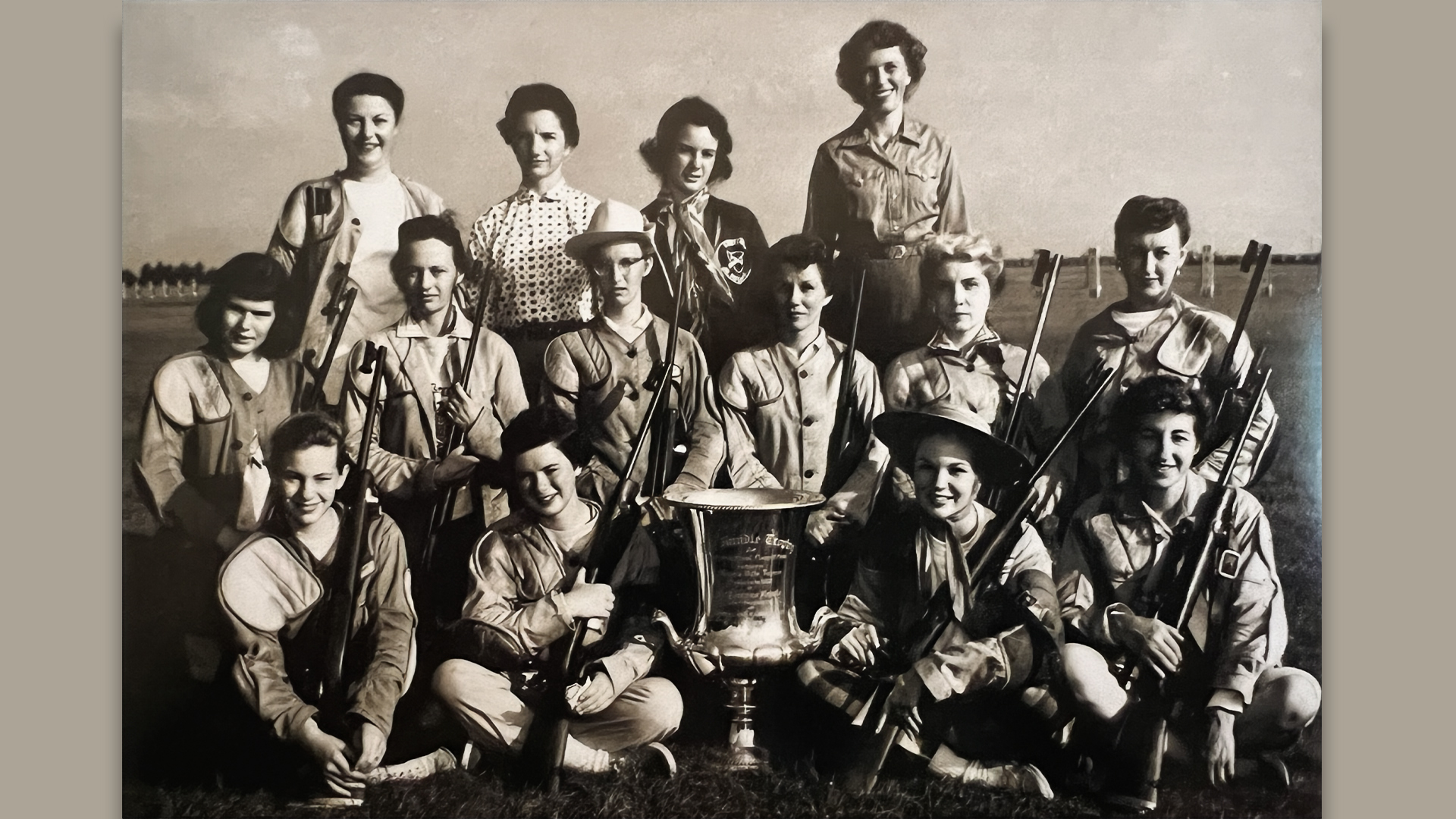
The smallbore position matches were quickly staked by the military as their private domain, and two four-man team matches were dropped when the year-old championship was modified to include 50-meter firing. Metallic sight victories at 50 yards and 50 meters went to Air Force Reserve Lt. Virgil Hamlin and Army Lt. Tommy Pool, respectively. Hamlin’s teammate and defending champion Capt. Art Cook won the any sight meter match and was successful in his bid to repeat as title holder. In the first two years the championship was conducted, Cook distinguished himself as the first to win back-to-back titles. And based on the rules of the day, Cooks reserve status was discounted and he was also awarded the civilian title. The high senior award in 1958 went to Iowan Chris Westergaard, who began his shooting career with a double set trigger Ballard at the turn of the century, long before any of the shooters who stood beside him at the awards ceremony were born.
“The National Board for the Promotion of Rifle Practice, at its meeting at Camp Perry on August 24, 1958, voted that the U.S. Rifle caliber .30 M1 will be the official rifle for the National Trophy Matches for at least the next three years.”
—The American Rifleman, October 1958
High power incurred its fourth championship aggregate change in the 1950s as the event this year comprised 100 shots for a 500-point total (down from 150 shots in 1957). Middleton Tompkins captured the first of his eventual six overall titles with a national record 493-55V, also garnering collegiate and civilian honors. Miralotte Ickes repeated as women’s champion with her own national record score of 485-49V—a performance that included first and second place open finishes in the Rapid Fire and Members’ Trophy Matches, respectively.
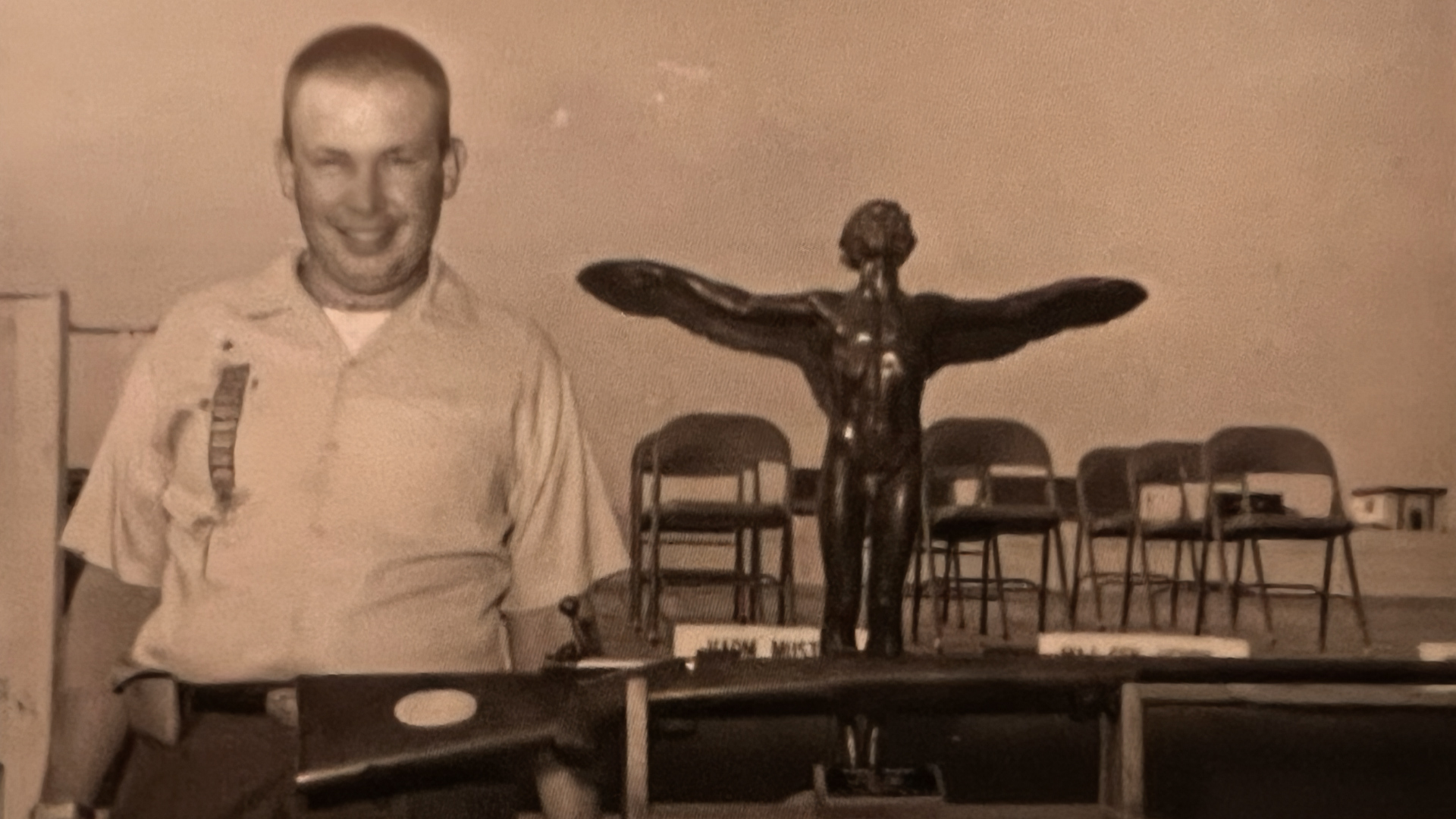
Marine Technical Sgt. V.D. Mitchell matched Tompkins’s 493 with the service rifle, but fell short overall on V count. He had enough Vs for the service title though, as three others also recorded 493s with the M1. On the women’s side, Army Lt. Claire Archambault claimed the top honor after first firing the M1 just three years earlier when she entered the service.
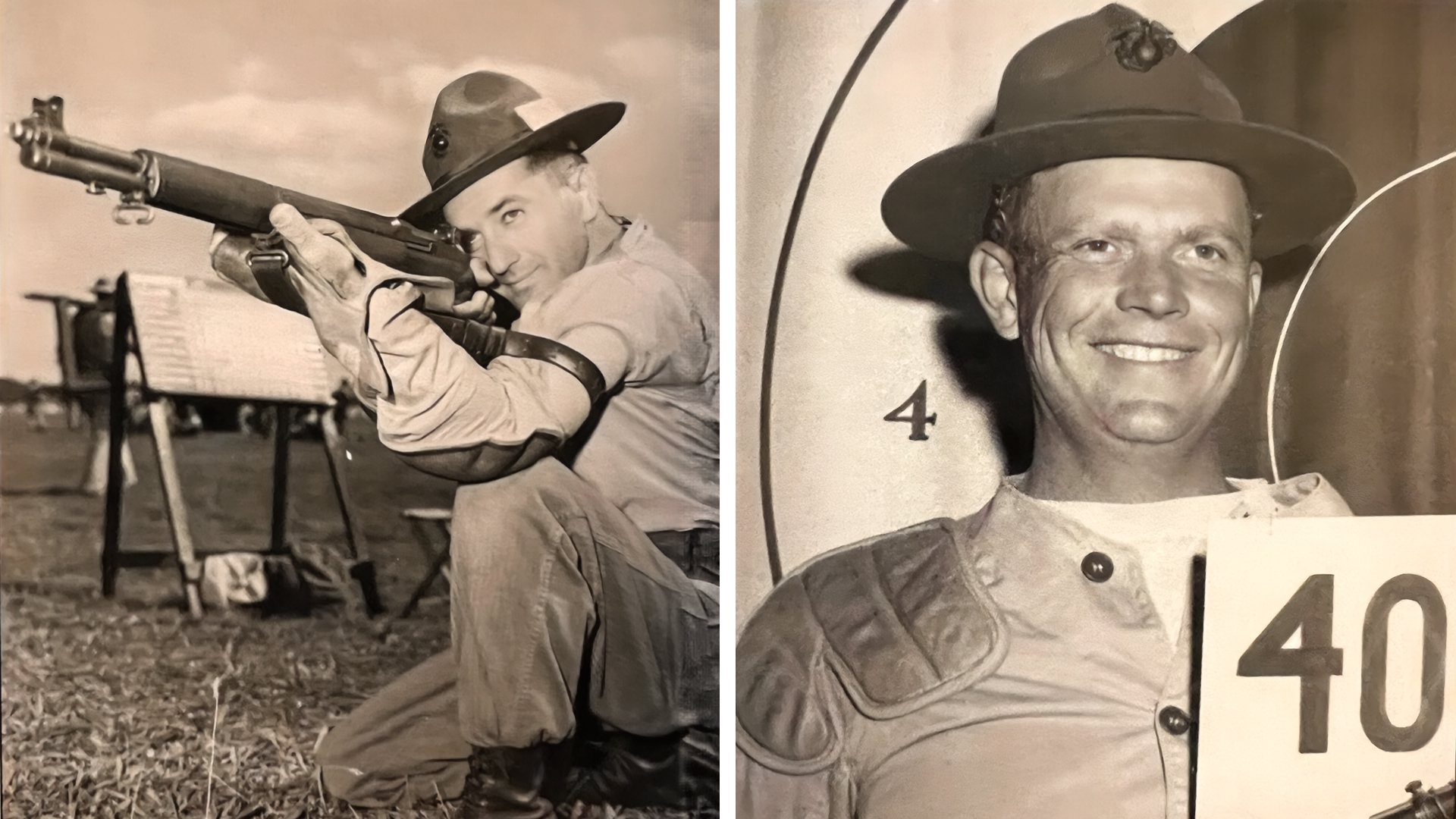
In the 1958 Wimbledon competition, shooting conditions mimicked those of the Leech from the year prior when a shoot-off procedure was employed to determine the champion, and this year the laurels went to Marine Technical Sgt. Charles Ainscoe. Both high power category winners from 1957 returned this year to claim prestigious individual matches: Ammon Bell (match rifle) won the NRA President’s Match and Marine Staff Sgt. Michael Pietroforte (service rifle) won the National Trophy Individual Rifle Match with the first perfect point score in the event (250-23V). In addition, the Army won the National Trophy and Infantry Team titles for the second straight year, despite Marine wins in the NRA Herrick, Roumanian, Enlisted Men’s and Rumbold matches.















